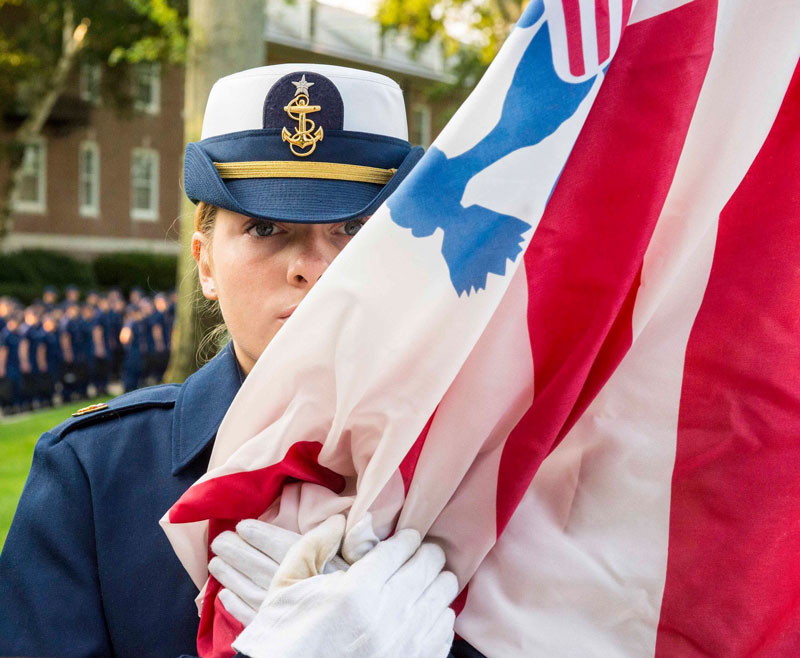Leading with Character: Discipline Yields Excellence
This past week I spent a couple of days at the United States Coast Guard Academy with my fellow trustees for the James Loy Institute for Leadership. The Loy Institute for Leadership integrates leadership across the three primary domains at the Academy: athletics, academics, and the military component that resides mostly with the commandant of cadets. The Loy Institute for Leadership has created a leadership development program with the framework, processes, and assessment that ensures each cadet (student) has a leadership development experience that is deliberate and repeatable, not by chance.
The Academy’s incredibly effective leadership development framework is based on the Coast Guard’s, which is comprised of four stages: leading self, leading others and teams, leading performance and change, leading programs and coalitions, and leading the Coast Guard. See the graphic here: https://www.dcms.uscg.mil/Portals/10/leadership-competency-job-aid-v14.jpg
You Can’t Buy Excellence
During our Institute for Leadership trustee discussion Mr. Randy Hogan, who knows a thing or two about leading organizations, commented on the nuances of budgeting and resource management. Mr. Hogan is the former Chairman and CEO of Pentair and Chairman of the Board of nVent. He made a statement that serves as the inspiration for this blog: “The discipline of resource allocation is what makes something excellent.” The reason his wise words struck me is the simply elegant connection between discipline and excellence. Too often, leaders and managers think they can buy excellence with a bigger budget. But it doesn’t work that way.
Imagination, Initiative, and Creativity
Organizations that achieve excellence are often lean and hungry. In the absence of the desired budget level, they must optimize imagination, initiative, and creativity to become excellent. I believe that is a reason why the US Coast Guard is such an excellent organization. The Service is underfunded considering its 11 statutory missions and public expectations for safety, security, law enforcement, environmental stewardship, and more. Yet the US Coast Guard achieves excellence. How? It strives to counterbalance the shortage of appropriated resources by leveraging other opportunities. Here are a few examples:
- Interagency and International Partnerships: The US Coast Guard was pulled together from many seagoing organizations starting with the Revenue Cutter Service back in 1790, along with the US Lifesaving Service, the US Lighthouse Service, the Steamboat Inspection Service and more. Thus, today’s US Coast Guard has dozens of unique legal authorities that are in demand by interagency and international partners. The Service has become highly skilled in building partnerships and coalitions to achieve mission execution and exellence.
- Organizational Doctrine: Coast Guard culture recognizes the need to focus where the value is created; the Service pushes authority down to the lowest reasonable level. That means junior people on the pointy end of the spear—doing and supporting the mission—are empowered to make crucial decisions.
- Culture of Innovation: The Coast Guard encourages creating value and achieving excellence through Headquarters-sponsored programs such as the Captain Niels. P Thomsen Innovation Award program.
Leading with character means reaching out across boundaries to build bridges and reaching down into the workforce to build value. It means applying discipline to achieve excellence.
Look in the mirror: What can you do as a leader to encourage your people to create value?
Please join me again next week for more on Leading with Character.
If you enjoyed this post, please visit my website where you can buy my book, Breaking Ice & Breaking Glass: Leading in Uncharted Waters, and sign up for my mailing list: https://sandrastosz.com/book/breaking-ice-and-breaking-glass/



